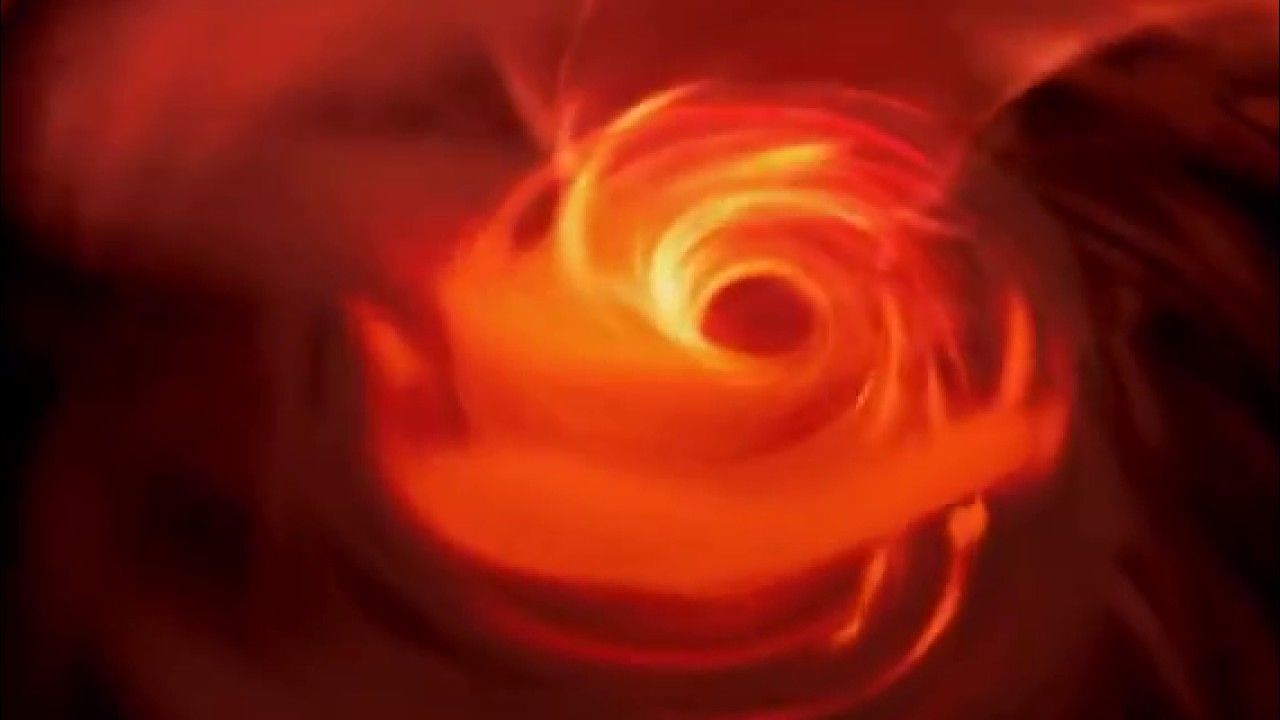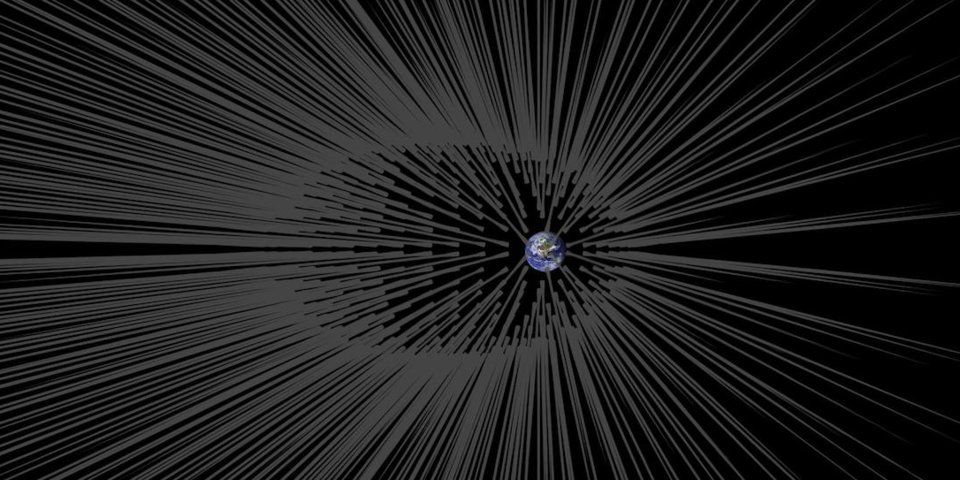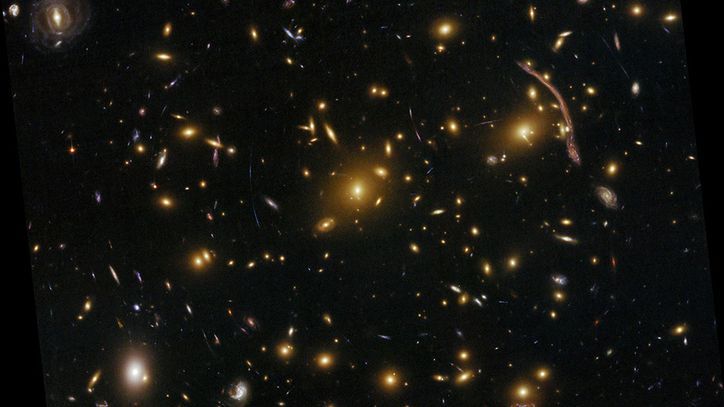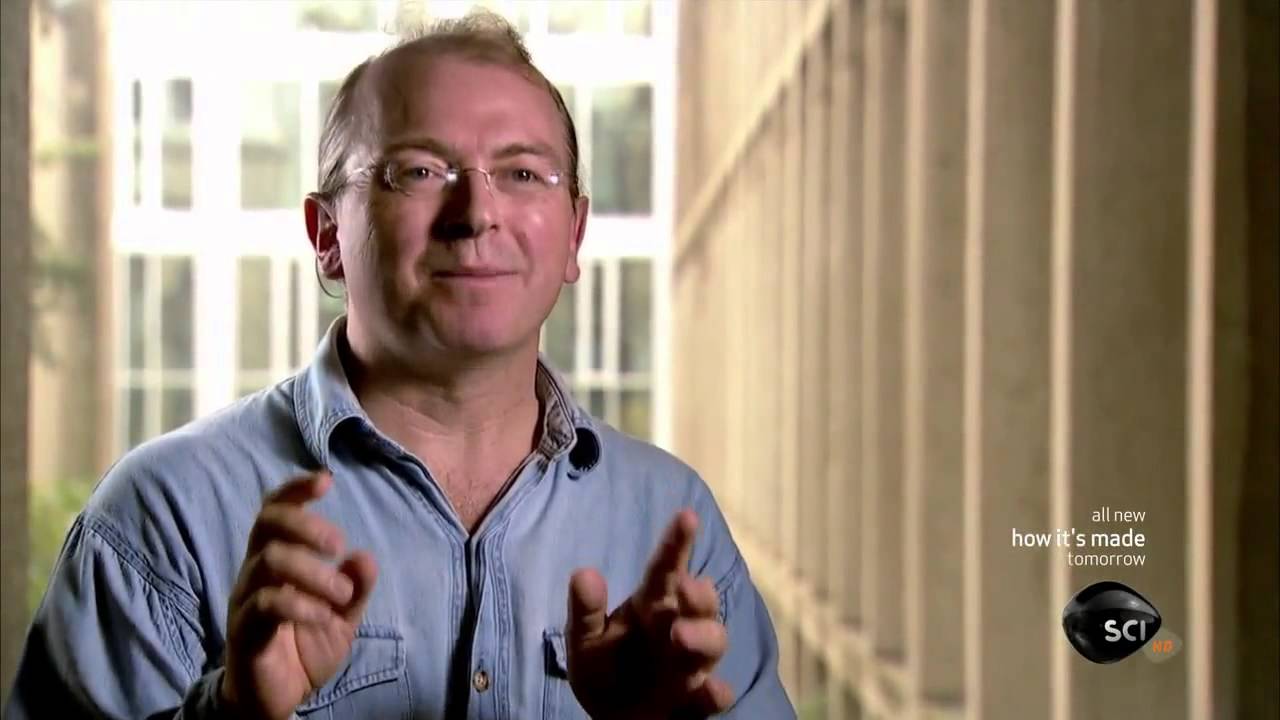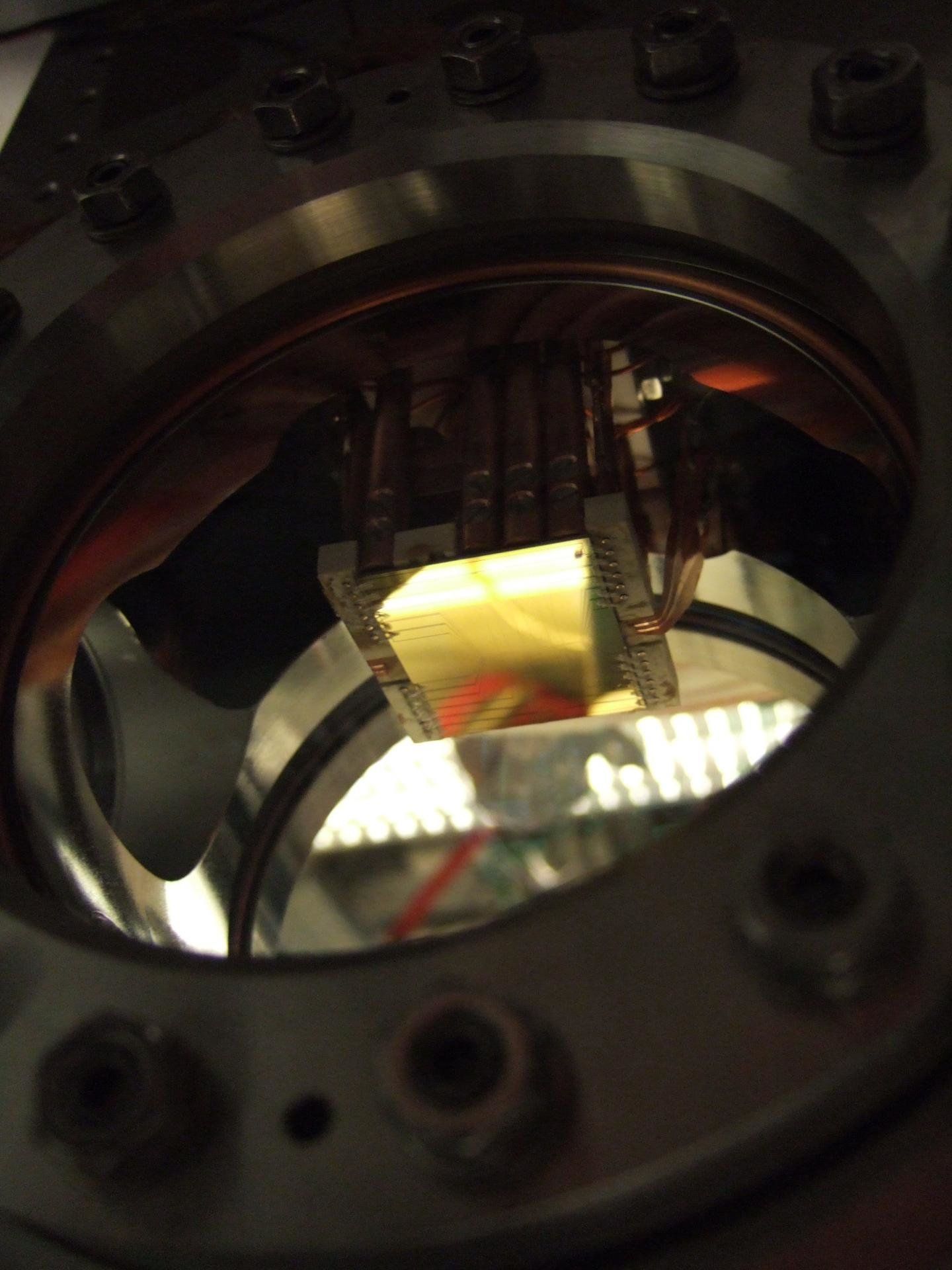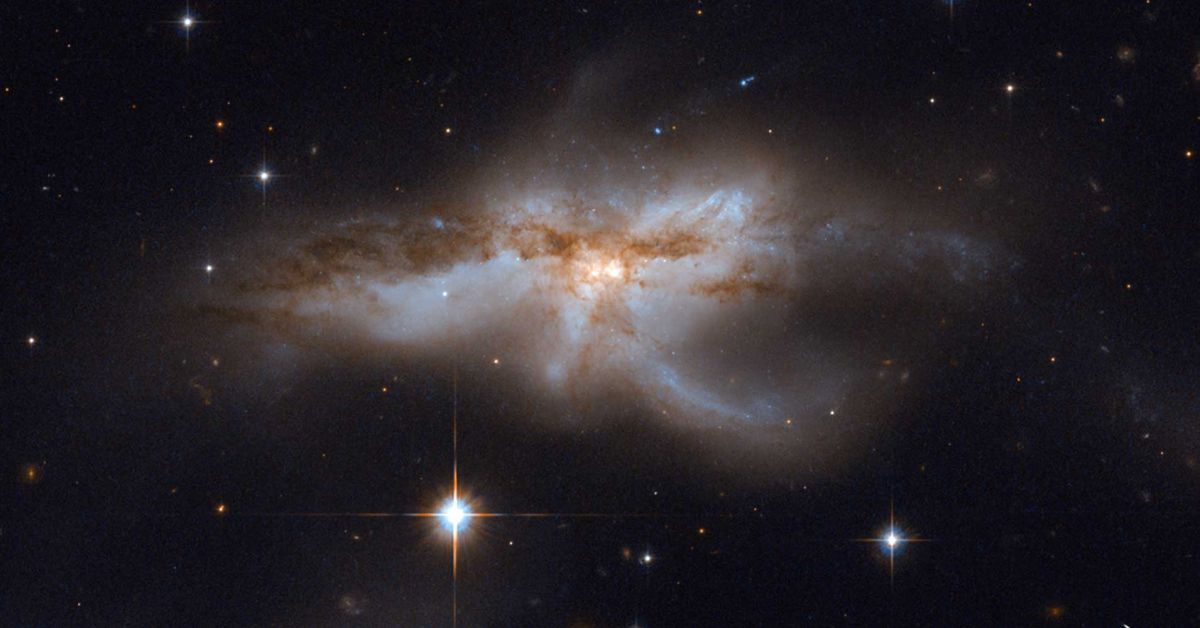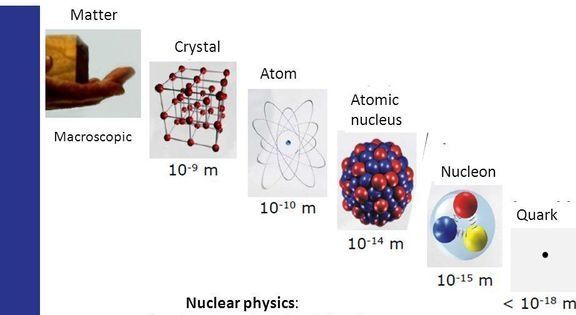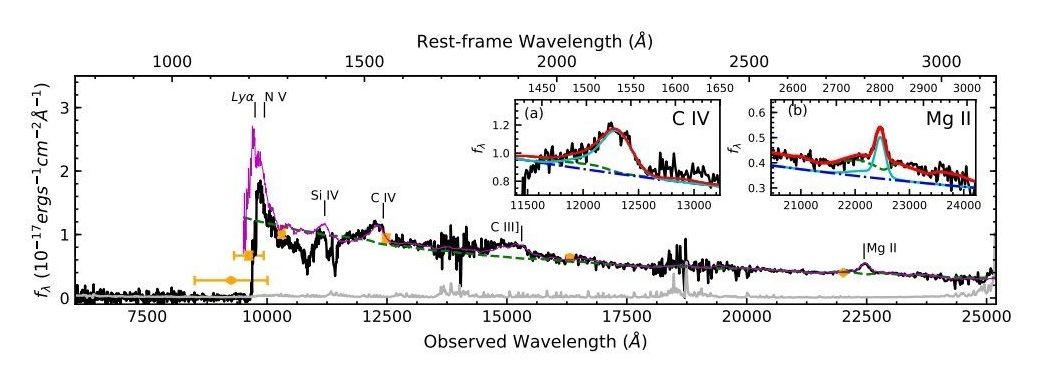Nov 19, 2018
New VR simulation lets you explore supermassive black hole
Posted by Xavier Rosseel in categories: cosmology, virtual reality
For the first ever time, scientists have created a virtual reality (VR) simulation of Sagittarius A*- the black hole at the center of our galaxy. The simulation allows helps viewers to better visualize the phenomenon and study the black holes as well.
With the aim of creating a VR simulation of Sagittarius A*, scientists at Radboud University, The Netherlands and Goethe University, Germany come together and used an astrophysical model of Sagittarius A*. Through this model, they were able to capture an image series that then put together to create a 360-degree virtual reality simulation of the black hole.
Continue reading “New VR simulation lets you explore supermassive black hole” »
